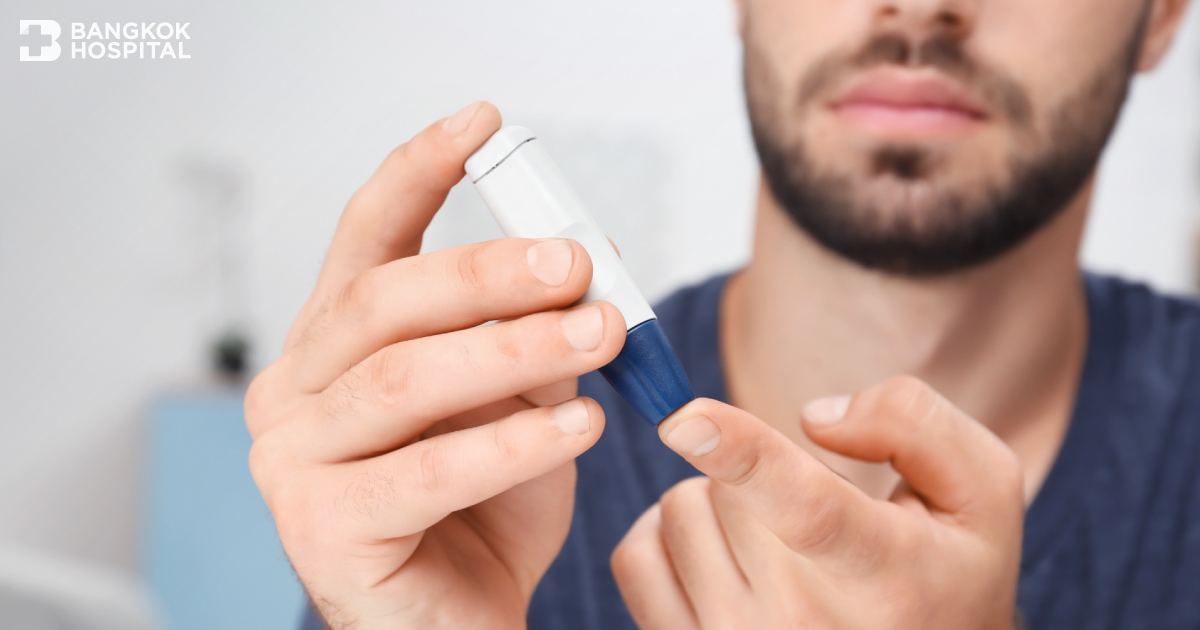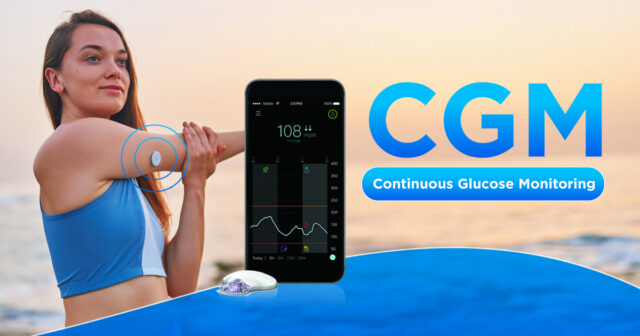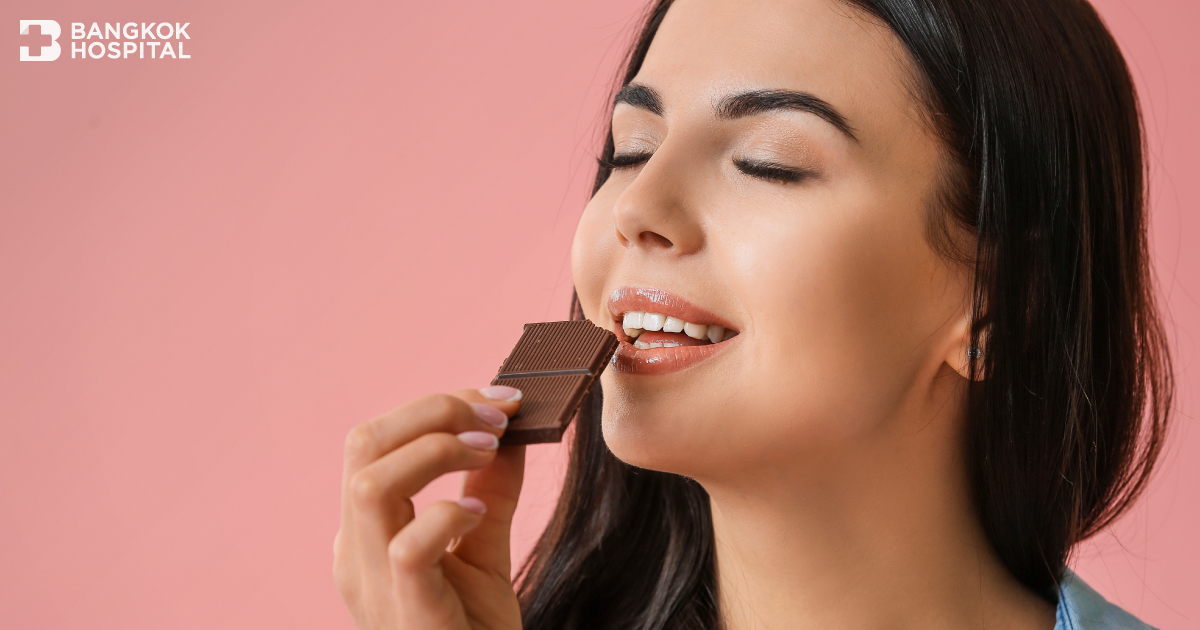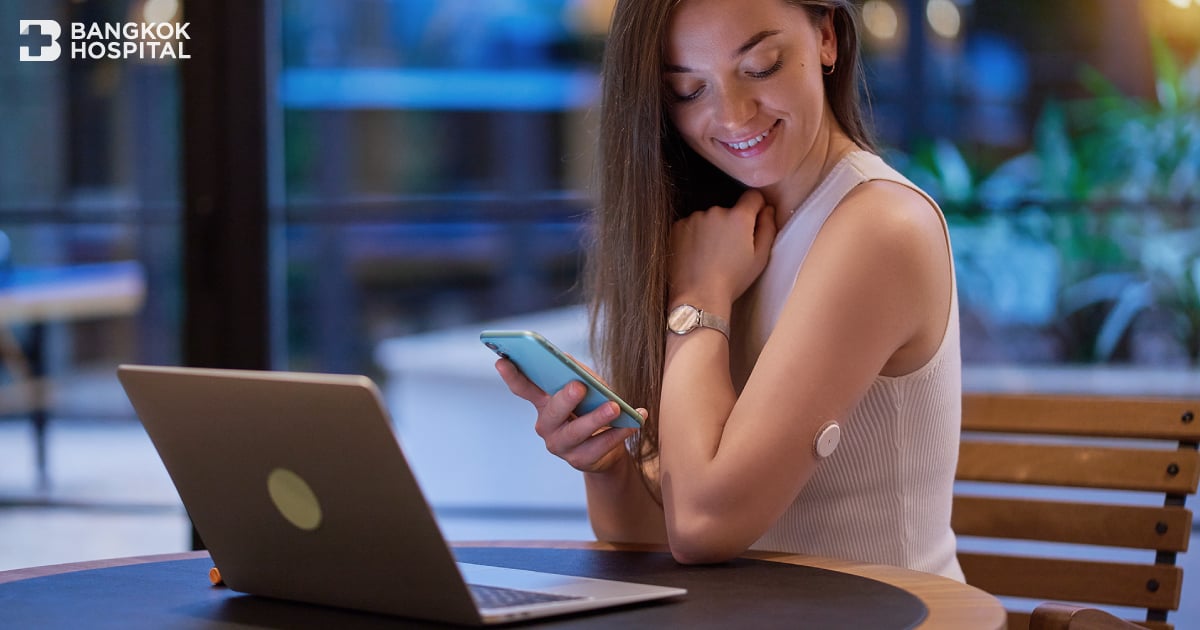Why should we measure blood sugar levels?
-
To diagnose individuals displaying symptoms or who are at risk of diabetes
-
To evaluate a treatment or assess potential complications that may result from diabetes.
-
To prevent complications that may occur from having too high or too low blood sugar levels in individuals with diabetes There are two methods for measuring blood sugar levels for diabetes
-
SMBG ( Self-Monitoring of Blood Glucose )
Is a measurement of blood sugar levels in the blood, the difference are that this is a self-check which can be done regularly and at any time. The benefit is the persons with diabetes are able to care for themselves. For example, in
case of low blood sugar which can lead to dizziness, heart palpitations,sweat, and hunger, the individual can use the blood glucose apparatus and perform a self-diagnosis. Being informed of one's blood glucose levels will
help you control and maintain it at an appropriate level.
The goal of SMBG is to control diabetes
Diabetic Blood Sugar before food = 80 – 130 mg/dL
Glucose levels 2 hours after food below 180 mg/dL
Non-Diabetic Blood Sugar before food = 70 – 99 mg/dL
Glucose levels 2 hours after food below 140 mg/dL
• Measuring blood sugar after a 2-3 month period. This can only be done in a hospital setting. Is important is evaluating treatment and prevention of complications that may occur from diabetes in the long-term such as kidney deterioration, eye deterioration, cardiovascular system and nervous system deterioration.
HbA1c Participants for Evaluation of Diabetes
Normal Readings (no diabetes) = below 5.7 mg%
At risk of diabetes = 5.7 – 6.4 mg%
Diabetes = more than or equal to 6.5 mg%
For individuals diagnosed with diabetes the goal is to control the diabetes by keeping HbA1c below 7 mg%






